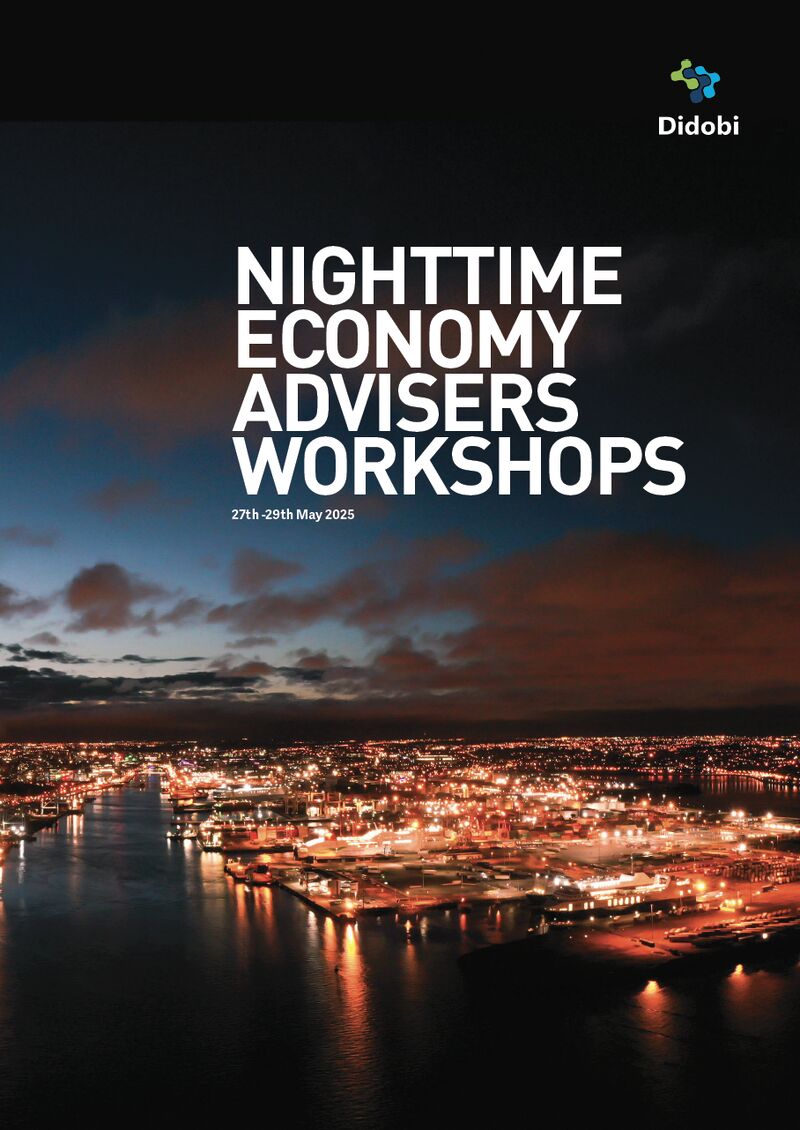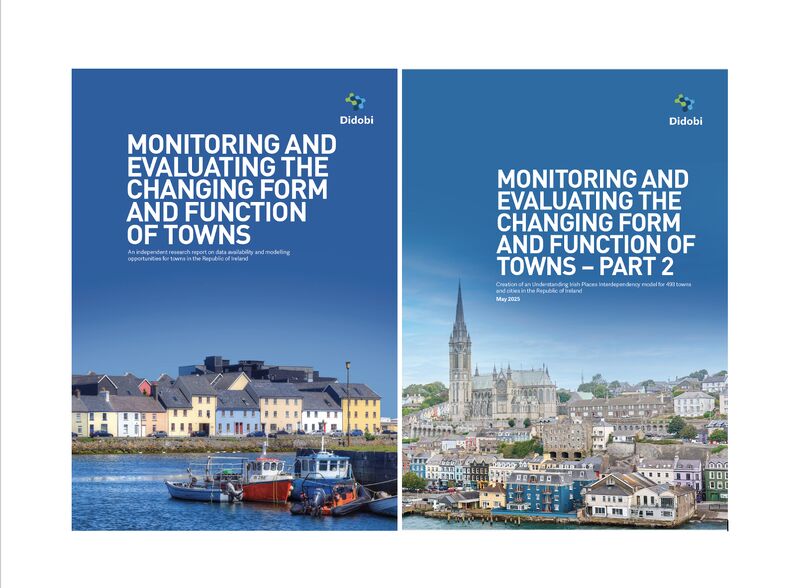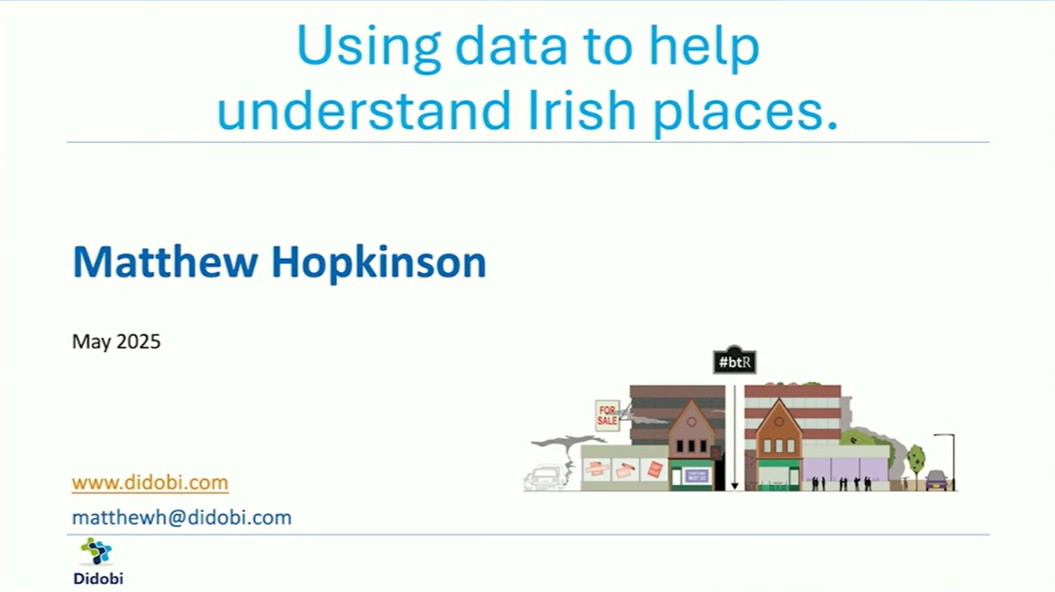
What does today’s news tells us about the form and function of place?
Today, 11th April 2018, is an interesting day in terms of data around companies and places in the UK. The most anticipated news was around Tesco’s latest results. In addition to this LDC and PwC released their bi-annual report around the openings and closures of chain retailers in Britain’s top 500 cities and towns. The third ‘running news’ is that Hammerson has rejected an improved offer for their business from French shopping centre owner Klepierre.
So why are these three separate news items are linked?

Tesco delivered positive results for their shareholders today with like for like sales up 2.2% in the UK. Tesco has had a torrid time of late in terms of fierce competition from its established peers as well as the discounters especially Lidl and Aldi but no forgetting others such as Poundland, B&M Bargains and Wilko, the accounting scandal that cost them £250 million and a current equal pay claim for £4bn which based on Tesco’s current market value of £21.7bn is quite a cloud to have hanging over a business.
The Tesco management team have clearly been making good progress in challenging times and as the biggest in any market this is always a challenge and especially more so when you are a public company. Issues that Aldi and Lidl do not have to worry about – yet! Last month Tesco’s £3.7bn acquisition of Booker was completed which now makes it the most significant operator in the market both in terms of stores, wholesale and distribution. A clever move when convenience is increasingly king with shoppers and this means proximity to your shoppers. Tesco plc has nearly 7,000 stores and in the UK the fascia they now own include Tesco (all variants including petrol stations), Budgens, Londis, One Stop, Premier Stores, Booker, Makro, Happy Shopper and Family Shopper.
In the market that Tesco operates in having this network of stores at a local level will be key to leveraging its scale in terms of supply chain and pricing alongside offering customers an easy way to purchase other goods and lines that they develop. This will be key when it comes to own brand as increasingly there is talk of FMCG brands going direct to the consumer as well as uncertainty around what Amazon might be up to. Physical space and a service point for its customers is key and this is what Tesco has established under one ownership.
This is reinforced by Tesco saying that it won 260,000 more shoppers last year and that sales of fresh food, its own-brand products and clothing had performed well. The latter two, own branded products and clothing are the ones to watch. The final link to the function and form of place is that by having a large network of stores and formats you can act as the space partner for others who can no longer afford the network of stores they once had before online and next day delivery took over. This is happening with a number of operators and Argos and Sainsbury’s is a good example. In Tesco’s case you will have seen that last year they sign a deal with Next to trail a concession in one of their stores. Dixons Carphone and Arcadia are other examples of this trend.
“If you can bring the footfall who are on a shopping mission then you create significant value in your store network for other brands.”

The second news item today was LDC’s report for PwC on the openings and closures of Chain retailers in the top 500 British towns and cities (those retailers with 5+ stores). The key headline is that 1,772 chain stores closed for good which equates to just under four stores per town.
Should we be surprised? Certainly not is what I would say as we have seen this trend for a number of years and it is structural changes driving this. The form and function of our towns are changing. Look at the history of the market town and how livestock markets took place inside our towns – it brought people, money, excitement, entertainment and of course smells but it was a key focus and function for many towns. I remember as a boy going to Monmouth on market day (Thursday) – getting there early, having breakfast and then a haircut followed by buying and selling of cattle and sheep before a pie and a pint in the pub (I was on lemonade in those days). This for many was a family affair and all of the shops and services in the town benefitted from this week in week out. Now of course no livestock markets exist in town centres and in some cases they co-exist on or near a retail park which has benefitted from the spend that was happening in town. I am not saying this is good or bad but it is change.

The UK has over 1,300 retail parks when 30 years again there would have been just a few. Next for example has more than half of its stores on retail parks and others have followed suit with the latest trend being the growth of food and beverage outlets alongside entertainment such as cinema’s, bowling alleys and trampoline parks. Banks are an example of a function that is no longer at the heart of consumer or business need and this has resulted in thousands of banks and building societies closing up and down the country. As such there should be no surprise in these numbers especially when you look at how co-location of retailers under one space is being adopted more and more.

This leads me nicely onto the final news around Hammerson. Hammerson is a major owner of shopping centres and shopping parks across the UK and has 33 assets in the UK. It is also currently engaged in a process to acquire Intu who own 17 shopping centres in the UK. This is not the time or place to go into the whys and wherefores of the deal suffice to say that Hammerson owns some strong and dominant centres in and out of town as does Intu but to a much lesser extent and to operate and rationalise a combined entity would be much cheaper that the two current operations.
Klepierre has increased their offer for the Hammerson. Klepierre own a large number of shopping centres but none in the UK! As such it makes massive sense to have a UK footprint when retailing is cross border, travel and tourism is on the rise and there will be tenants in common plus the opportunity to grow retailers amongst various national centres.

The ambitions of Klepierre and Hammerson are similar as they both realise the value in owning major destinational centres in major European centres where strong and aspirational retail and leisure brands can be co-located in high footfall and spend places which will in turn give a good return on the asset through strong rents and demand for their curated space.

The form of function of places is a golden thread through these three news stories today and shows the importance of positioning of space relative to how the form and function of the wider place is changing. With online sales at 18% and rising, the fact that the purpose of places and the shops within them is changing and that we already have too many shops yet continue to build more then knowing the where, what and why of your asset or store portfolio strategy is key. Grimsey Review 2 has amassed a vast amount of evidence as part of its research for its’ recommendations on how we can support our towns in the future which will be published on 4th July 2018
Understanding the story behind the headlines and the data is critical if you are to ride this wave of change that is happening in every walk of life. Forewarned is forearmed and this is where having a clear understanding of data, what it is telling you and how you make it work in your business is critical.






Leave a comment: